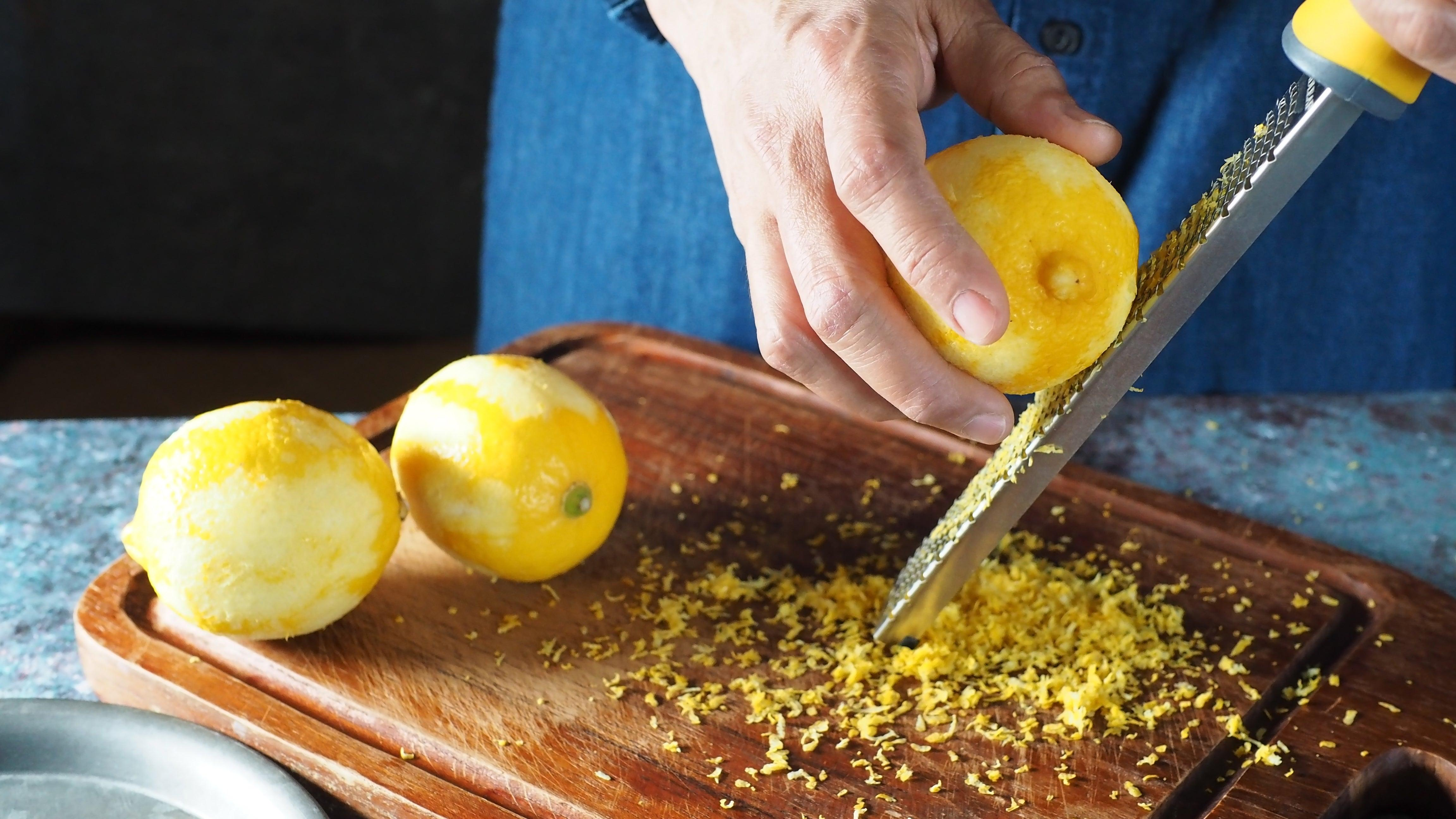The Fruit Peels You Didn't Know You Should Eat
Sometimes the outside of the fruit is just as good as its insides. Or better.
When it comes to, say, a ripe avocado, the skin is probably not the first thing you think of sinking your teeth into. However, you might actually be missing out on some pretty nutritious and delicious parts of the fruit if you only eat the flesh and throw the rest away. Here are some surprising fruits whose skin, peel, or rind comes with benefits of its own.
Kiwi
At first glance, the brown, hairy skin on a kiwi doesn't really scream "eat me!" But do a little more research and you'll find that kiwi skin is a good source of important antioxidants—even more than the flesh on the inside.. You'll get a more significant dose of Vitamins C and E from the skin, too, and eating it isn't so bad if you rub off some of the dreaded fuzziness with a clean towel.
A few years back I discovered that I absolutely loved eating kiwi, so I ate one almost every day for about two weeks. I then came to find out that I'm mildly allergic to them. Although I can no longer devour entire kiwis on the regular, I encourage you to do so, because they're tasty and packed with all the good stuff you want in a fruit.
Banana
Other than using them in a cartoon-style slip-and-fall prank, most of us in the United States tend to toss the banana peel in the garbage (or into a compost bin). What we're missing out on when we do that are high amounts of vitamins B6, B12, magnesium, and potassium contained in the peel.
The banana peel can be eaten raw, but it's probably not the most pleasant experience. To get a better taste and get all the nutrients, try frying the peel or blending it into a smoothie. Or make like The Great British Bake-Off's Nadiya Hussain and turn them into burgers.
Potato
Potato skins are filled with great taste and nutritional value when done right. You might not be surprised by the fact that you can eat potato skins, but you might be surprised by how beneficial they can be.
You see, potato skins contain lots of fiber, vitamins, and minerals that can help with your digestion. The magnesium, potassium, phosphorus, calcium, copper, iron, and zinc found in potato skins can also help with keeping your bones strong. It's easy to simply eat a baked potato with the skin left on—just be sure to scrub the outside before cooking.
Watermelon
Watermelon is a delicious summer treat to slap on the grill or chop up and eat, but usually the hard green rind is not part of the fun.
The benefits of watermelon rind are maybe not what you would expect. Healthline claims that eating the rind, rich in nutrients, has the potential to boost your sex drive, improve your performance during workouts, and lower blood pressure. Seems like a lot of bold proclamations about a substance that's 92% water, but it doesn't hurt to try. Perhaps unsurprisingly, the The National Watermelon Promotion Board has lots of ideas for how to enjoy the rind.
When dried up or otherwise handled in the right way, most fruit peels can be edible. after all, there is an entire snack company, RIND, dedicated to the concept. Its motto is, "Keep it real. Eat the peel." Not a bit of fruit needs to go to waste.
